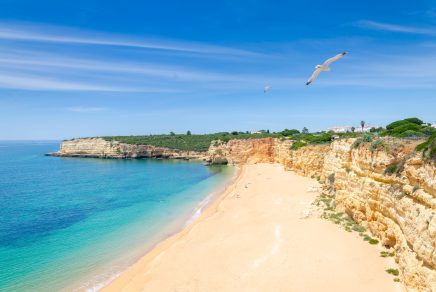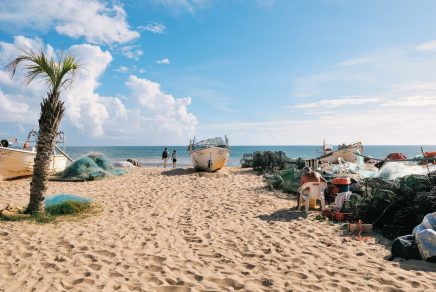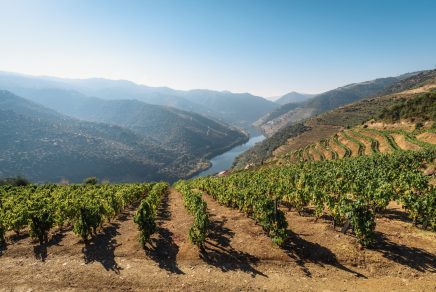While Portugal is celebrated for its cultural cities and the sun-drenched beaches of the Algarve, its natural heritage holds a stunning secret: the Alentejo beaches. Often overlooked and therefore less crowded, the Alentejo’s untamed coast is a true paradise for nature lovers. It’s a wise choice for anyone seeking raw, unspoiled beauty and serene landscapes. Ready for an adventure?
Why Alentejo is worth discovering
The Alentejo region and its coastline are a fantastic alternative to the more crowded tourist areas. Here, the atmosphere is more relaxed, allowing for a deeper connection with nature and the local culture. The dramatic cliffs and rugged landscapes, combined with the quiet beauty of its beaches, offer a unique experience. This area is also a haven for wildlife, with unique opportunities for birdwatching and observing flora that you won’t find anywhere else in the country. It’s a place where you can slow down and truly escape the everyday.
The best beaches in Alentejo
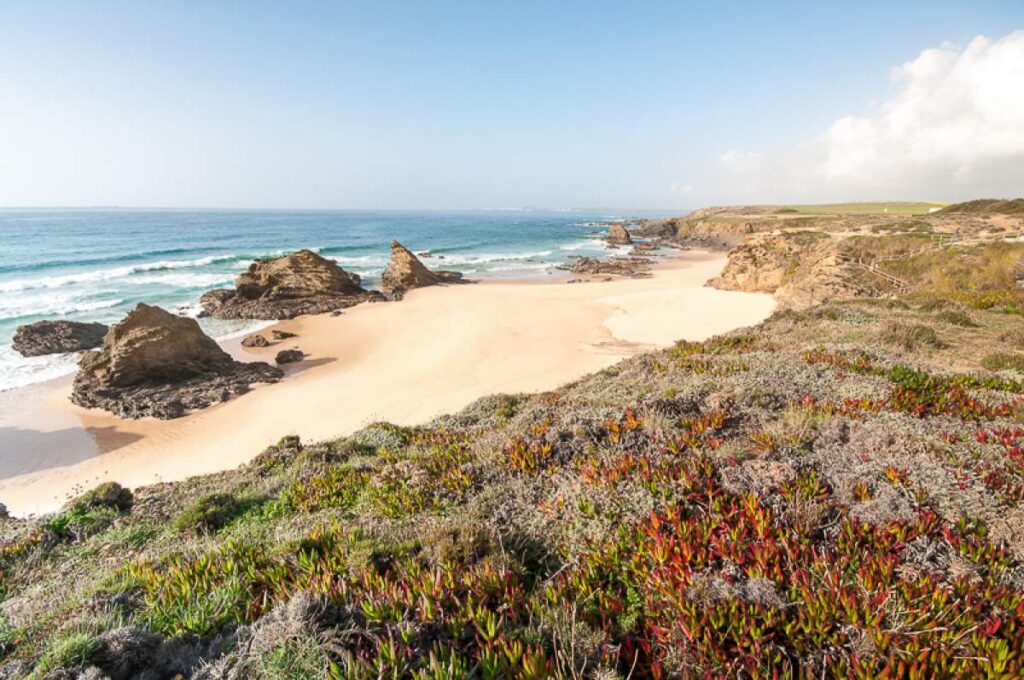
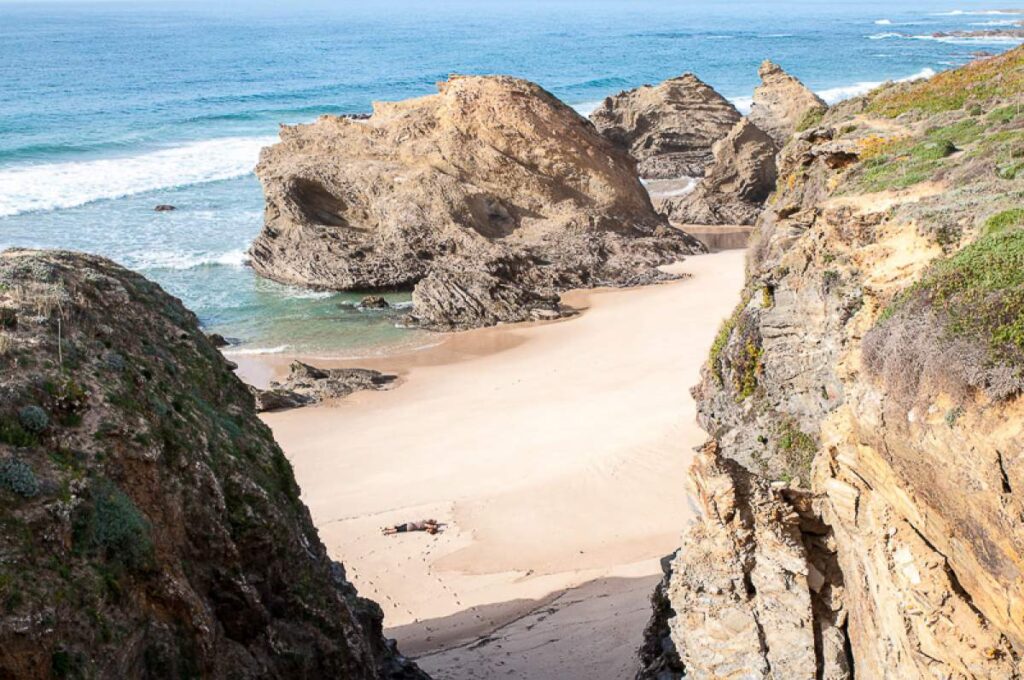
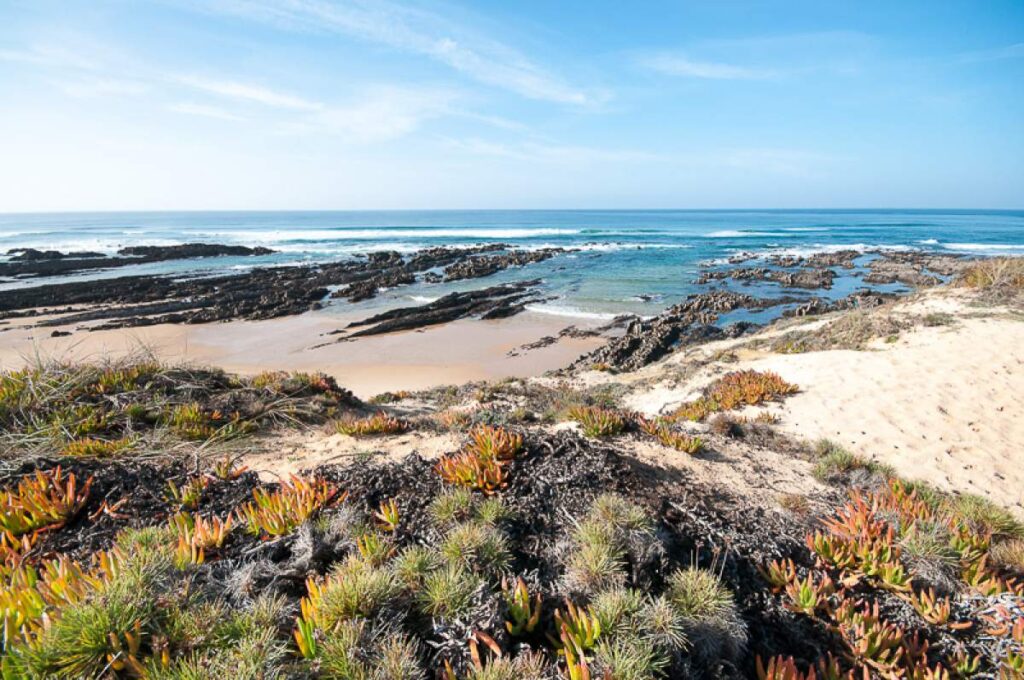
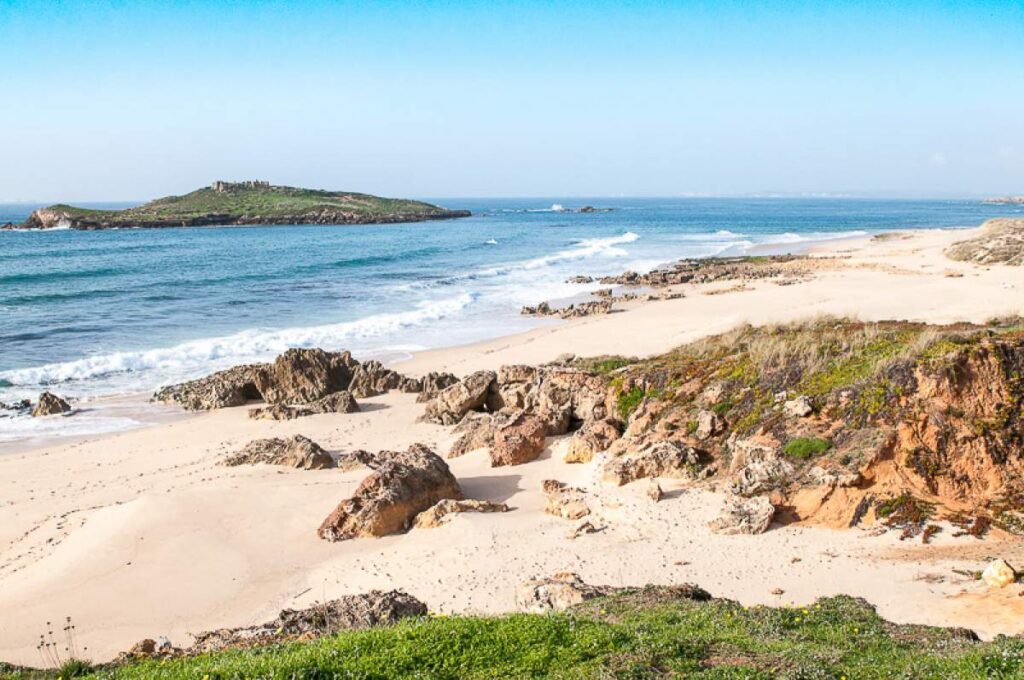
- Samoqueira Beach: Near Sines, this beach is a secluded wonder. Massive rocks stand guard against the towering cliffs that define the area. The fine, beige sand is often untouched, and you may find yourself as the only one enjoying this slice of natural paradise.
- Porto Covo: The shores of Porto Covo offer a series of small, picturesque coves framed by dark, rocky headlands. In front of one beach, the tiny Passengers Island sits on the horizon like a painting, offering a moment of pure serenity.
- Malhão Beach: Located in Vila Nova de Milfontes, Malhão is for those who appreciate the raw power of the ocean. Witness the sight of fishermen facing the onslaught of powerful waves as you bask in the warmth of the sun. The area’s rock formations, carved by the ocean’s force, are a sight to behold.
- Almograve: This beach is a highlight for its vibrant flora. The sandy dunes are covered with a lively moorland of heathers, gorse, and succulents, creating a beautiful carpet of mauve, ochre, and carmine. It’s the perfect spot to take your time and contemplate the coastal landscape.
- Zambujeira do Mar: Ending your coastal tour at Zambujeira do Mar at sunset is a magical experience. The vastness of the landscape is breathtaking, as the schist cliffs eventually blend into the darkness of the night. This dramatic coastline truly exists, and you can find it right here in Alentejo.
A haven for wildlife and nature lovers
The beauty of this coastline also lies in its abundant and colorful vegetation. This rich plant life encourages you to take your time for quiet observation.
The fauna is just as remarkable as the plant life. The Alentejo region is renowned for its birdwatching, especially for its numerous storks. They build their nests in the most unusual sites, but their presence is most surprising in the crevices of the Cabo Sardão cliffs. The ocean spray is powerful, but the birds seem completely undisturbed. It is one of the few places in the world where you can witness this incredible scene.
How to get to Alentejo
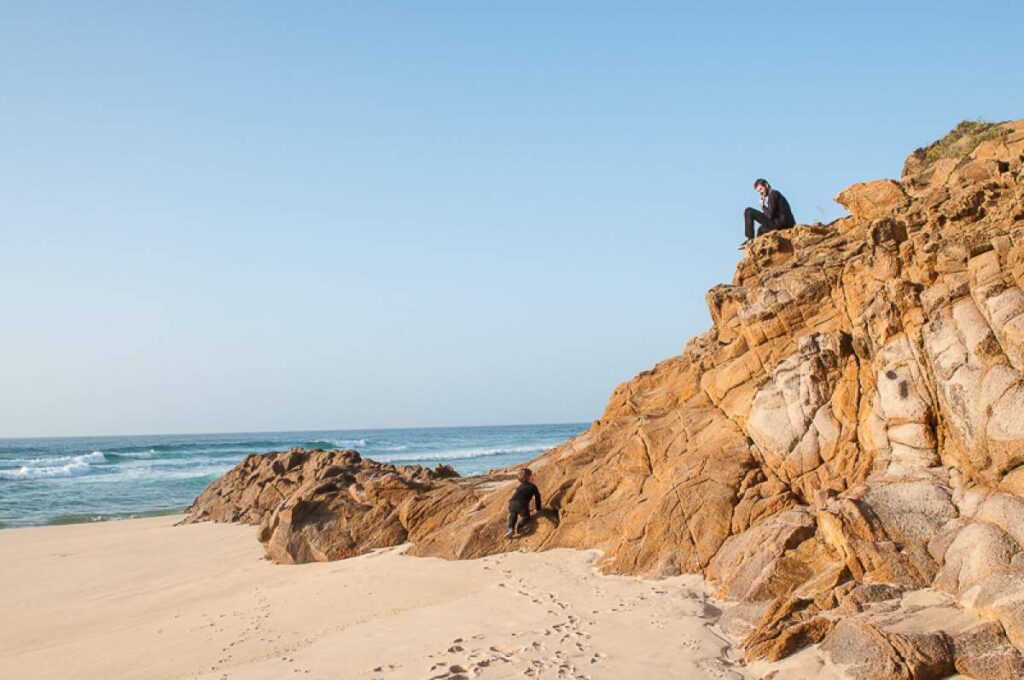
Reaching the Alentejo coast is straightforward, but having a car is highly recommended for exploring the region’s hidden gems.
- By car: The most flexible way to discover the Alentejo coastline is by renting a car. The drive from Lisbon to the main coastal towns like Sines or Vila Nova de Milfontes takes about two hours. This allows you to explore the more remote beaches and villages at your own pace.
- By bus: Several bus companies, such as Rede Expressos, operate daily routes from Lisbon’s Sete Rios bus terminal to various towns along the Alentejo coast. While this option is more affordable, it can limit your ability to visit the secluded beaches between the main towns.
- By train: Train connections from Lisbon are available to some inland Alentejo cities, but not directly to most coastal towns. For a beach-focused trip, a bus or a car is a better choice.
All photo credits: Sébastien and Laura


